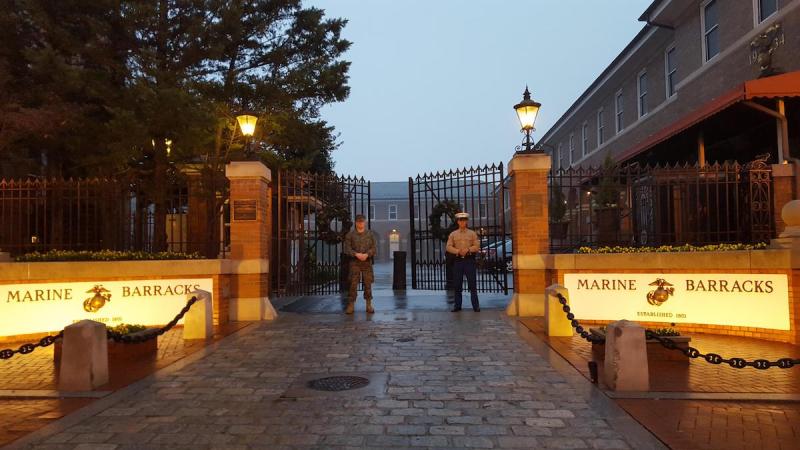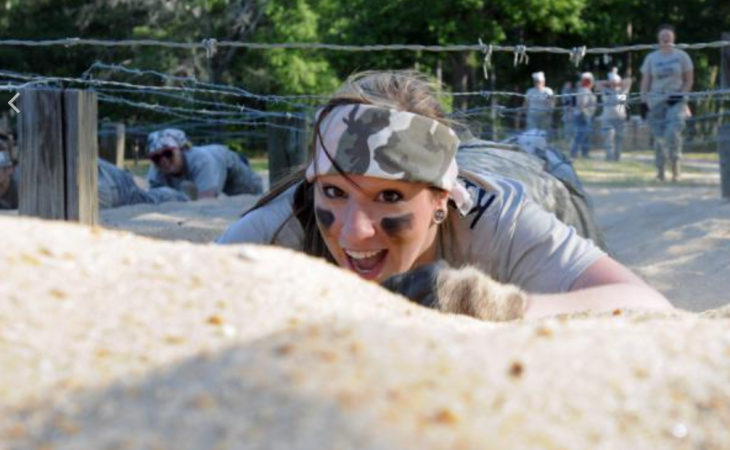Welcome to the life of a combat engineer. Let’s set the scene for you.
Picture yourself standing on a football field full of green grass. Each blade is identical in length, but one of the stems is the color of rusted brass. Your primary mission is to walk from endzone to endzone without unknowingly stepping on that brass-colored blade of grass. If that sounds simple enough, here’s your secondary objective. You have to locate that brass colored grass before it locates you. Or, you risk getting blown up.
Sound similar to finding a needle in a haystack?
This is what combat engineers face every single time they step outside of the wire on a foot patrol.
Related: These were the terrifying dangers of being a ‘Tunnel Rat’ in Vietnam
Combating IEDs is difficult, but engineers use highly specialized metal detectors that are so freakin’ sensitive that they pick up the slightest amounts of metallic minerals found in rocks and other various types of soils.
This U.S. Marine carefully sweeps his Valon metal detector from side-to-side with the hopes of finding an IED before it finds his patrol. (Source: Wikipedia Commons)
Typically, when a squad patrols in a heavily IED-infested area, they move in a Ranger file (straight line), leaving several meters between each man.
Due to the explosive nature of IEDs, the engineer walks 15-30 meters ahead of the patrol as they scan the ground for the suspicious devices. Not only are they in danger of IEDs, but taking point may also tempt enemy snipers into taking a shot.
But since most Taliban militia members can’t shoot for sh*t, taking a shot at the engineer typically means it’s only a matter of time before allied forces locate their position and call for a mortar strike. That means bye-bye for the insurgent.
Grunts for 3rd Battalion 5th Marines — known as Darkhorse — patrol through Sangin, Afghanistan in a ranger file to combat all the IEDs they’ve encounter throughout their deployment. (Source: Dexter Saulisbury/ Screenshot)
Also Read: Here’s what it takes to be on the Marine silent drill team
Once the combat engineer locates a device, the danger’s just begun. Now, they determine if they can destroy it safely or if it’s time to call in an IED 9-line. In extreme cases, an EOD team is deployed to the location for further exam, but the process could take hours.
In most cases, the well-trained engineers examine the threat themselves using their hands, a K-bar, and a combat scythe.
After the engineer has dismantled the threat, the IED system is either detonated on-site or taken back into friendly territory for further evaluation.
Unfortunately, many IEDs are so well-hidden, they aren’t found for a number of years, but remain active throughout.









